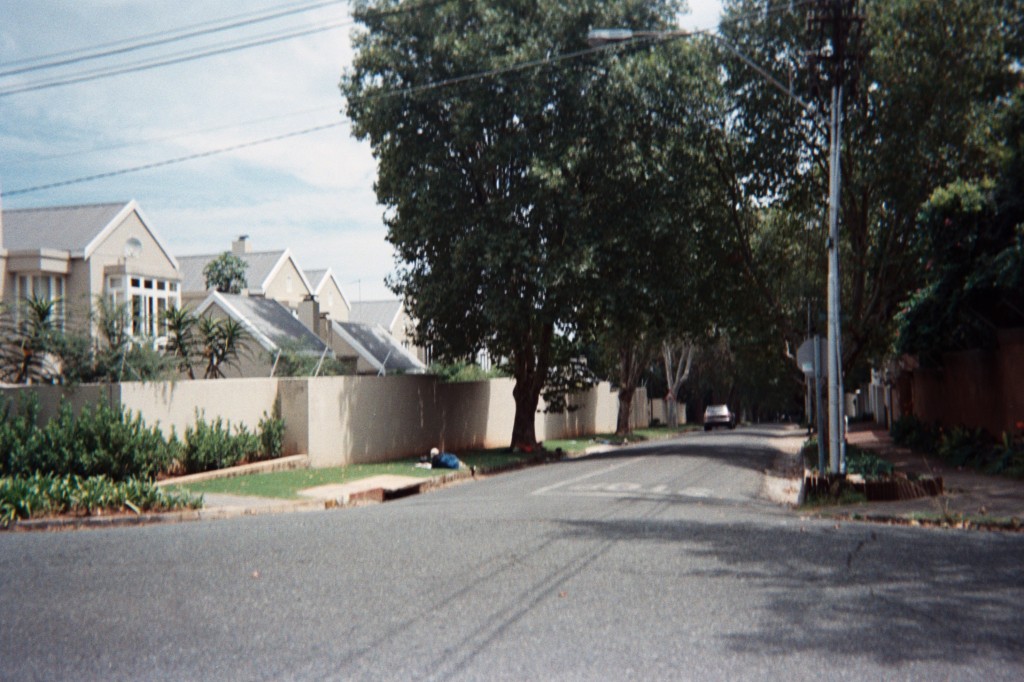Neighbourhood watch is an ongoing investigation into the way contemporary narratives shape an individual’s perception of security, comparing rural and urban contexts and examining both virtual and real living environments.
Focus of research
Urbanised areas are affected by more fluid, transient populations, in which traditional multigenerational family structures are less likely to exist, and personal relationships are spread over a larger geographical area. In short, you are less likely to know your neighbour. Some parts of our private lives have become more private, others more public, with similar diversions taking place in public spaces. ‘Social networking’ has gone hand in hand with higher hedges, privatisation and a proliferation of security cameras.
This social context redefines the notion of security, and the way in which security is experienced, promoted or politicised. Our human desire for a perceived sense of safety and security has spawned a huge industry, and in turn a powerful lobby, while politicians have harnessed this condition to construct a form of political stability or longevity, induce fear and divide society into minorities and majorities.
We hope that an understanding of this social narrative, examined from within a contemporary art context, can lead to the advance of constructive interventionist strategies that act as catalysts for change, dialogue and reflection.
Research questions
How do political, economical, geographical, architectural, psychological and cultural narratives shape an individual’s definition or perception of security? How do different perceptions of security affect human interaction?
Do communities and individuals in rural areas have a different understanding of the concept of security to those within an urban context, and how do these respective living environments affect this condition? What is the role of the physical and what is the role of the ephemeral, and how are the two connected? How is our response to the concept of security affected by the existence of disposable income and relative affluence? How does a familiarity of people and place, or a lack of this, affect our reading of the term security? How can we isolate and map the aesthetics and shifting demographics of this social condition? How can forms of creative expression negate, subvert or reinvent community structures to redefine or re-imagine social and spatial relationships?
Periods of experimentation
Our first period of research took place in Johannesburg in February/March 2013 with the Goethe-Institut of South Africa.



